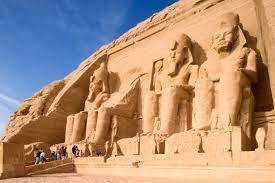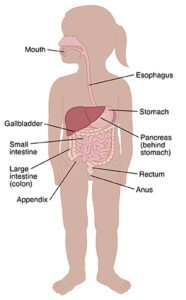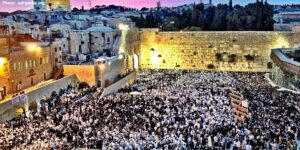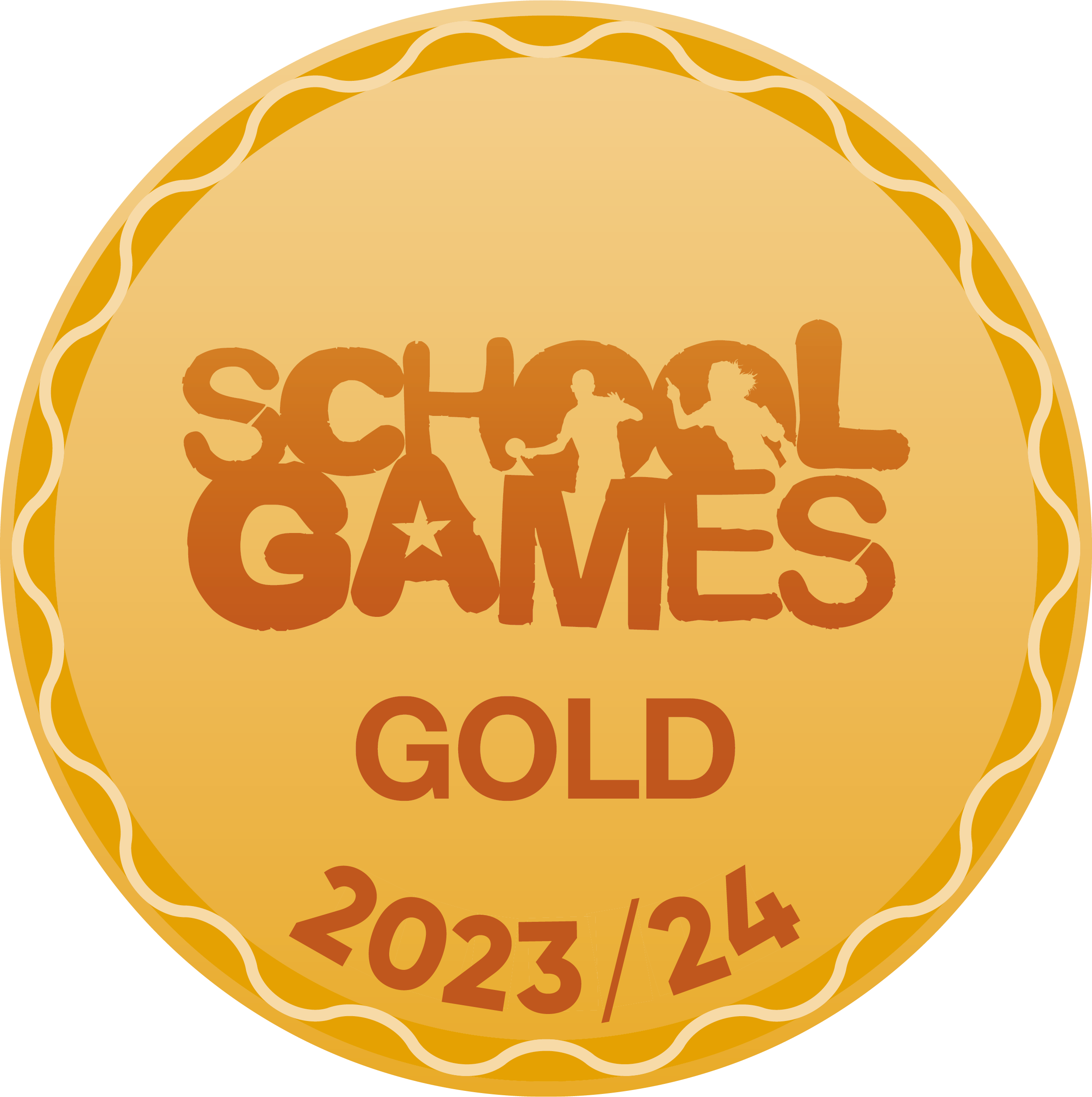Our Year 4 Curriculum
Why not have a look at our curriculum maps and see what you will be learning this year? Where will our learning journey take you?
Curriculum Map Whole Year Journey Year 4
Curriculum Overview Year 4 Autumn
Year 4
Cherry Class
Miss Birtwistle
Three interesting facts:
- I live on a boat!
- I have a dog and two cats.
- My favourite subject is Science!
Silver Birch Class
Mrs Daly
Three Interesting Facts:
- I have a tortoiseshell cat called Coco.
- I am an avid Harry Potter fan.
- My best holiday was sailing around the Mediterranean.
Year 4 Teaching Assistants
Miss Tolley
Miss Green
Ms Seymour
Our topic this term is ‘Settlers’, in which we will be studying the Anglo-Saxon Era and their ability to settle in Britain. We will explore ancient artefacts, kings and queens, among other aspects, for children to be able to answer our big question “Were the Anglo-Saxons skilled or lucky?”.

Geography this term will develop pupil’s exploration skills, by travelling around the world to identify which biome is the most important and why we should look after it. We will learn about the differences between the Northern and Southern Hemispheres. Each week we will explore a different biome, including: the tundra, desert, grassland and tropical rainforest.
The Curriculum Newsletter outlines further details as to what we will be learning during the Autumn Term.
Spring Term
This term’s topic is called ‘Desert Discoveries’, we will discover the wonders of the Desert. We will locate an Egyptian empire and use primary and secondary resources to give reasons and gain information. As well as this, we will place the Egyptian civilisation on a timeline and explain key events.
In Geography we are focussing on the continent of Africa. We will use maps, globes, atlases and Google Earth to locate countries, mountain ranges, capitals, rivers and oceans of Africa. We will make connections between the equator and the tropics and Africa. We will also use 4 figure grid references to read maps.
Click on the following links to further explore each of the topics covered in each subject:


Science
For our Science topic, we are looking ‘Animals including Humans’. To begin with, children will develop their disciplinary skills by: gathering and recording information, classifying living things in a variety of ways and identifying similarities and differences related to scientific ideas. Along with this, children will deepen their understanding of their substantive knowledge by describing the functions of the digestive system, identifying different types of human teeth and construct food chains.
Animals including humans
https://www.bbc.co.uk/bitesize/topics/zcyycdm/articles/z8784xs
https://kidshealth.org/en/kids/digestive-system.html
https://kids.britannica.com/kids/article/digestive-system/353054
https://www.natgeokids.com/uk/discover/science/general-science/your-digestive-system/

Religious Education
Symbols and Religious Expression: Hinduism & Judaism
This term, children will continue to look at symbols and religious expression in Hinduism and Judaism. Children will write thoughtfully about a special place, consider why people go on pilgrimages and research the significance of the Western Wall.
Symbols and Religious Expression: Hinduism & Judaism links
https://kids.britannica.com/kids/article/pilgrimage/353628
https://kids.kiddle.co/Pilgrimage
https://kids.britannica.com/kids/article/Western-Wall/627392

Summer Term
Our Summer Term topic is ‘We’ll meet again’, where we will be studying World War 2. Our key question is ‘What parallels can we draw between our lives and lives of people within World War 2?’ We will learn when and why World War II began and find out about the key individuals and countries involved. In addition to this, we will discover what it was like for people on the home front and how they contributed to the war effort.
In World War 2, many people built bomb shelters to protect themselves during air raids. Different types of bomb shelters were available during the war like Anderson shelters and Morrison shelters. You could research the advantages and disadvantages about each one.


Click on the following links to deepen your knowledge about the different areas of the curriculum we will be covering:
History:
https://www.bbc.co.uk/teach/class-clips-video/history-ks2-world-war-two/zjnyscw
http://www.primaryhomeworkhelp.co.uk/Britain.html
Music:
· https://www.bodypercussionclassroom.com/
Computing:
· Scratch
Art:
· https://study.com/academy/lesson/what-is-texture-in-art-lesson-for-kids.html
· https://artprojectsforkids.org/category/view-by-theme/drawing-tutorials/landscapes/





